Introduction: Apple’s Awe-Dropping Showcase Redefines the Lineup
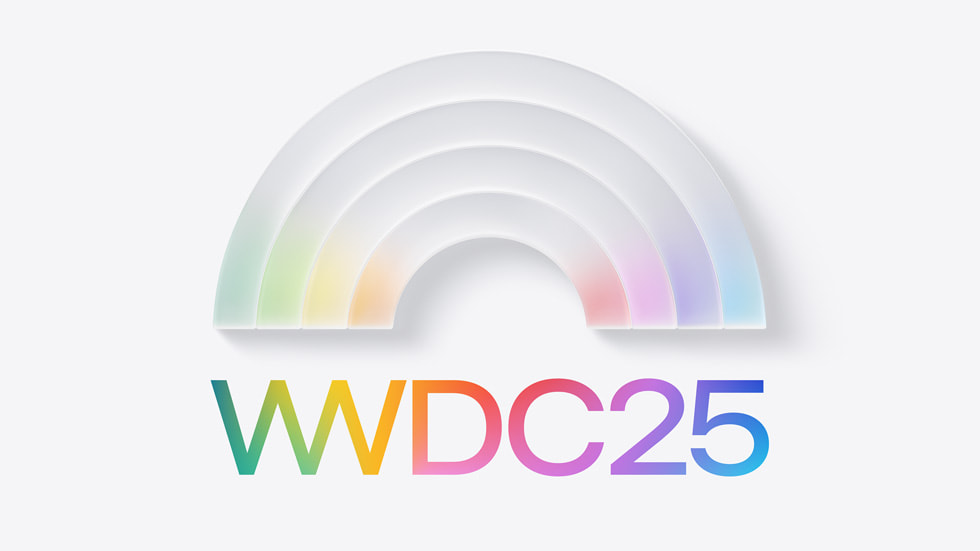
On September 9, 2025, Apple took the stage at its Cupertino headquarters for its annual fall showcase, an event aptly titled “Awe-Dropping”. More than a simple product refresh, the presentation signaled a strategic realignment of the company’s entire mobile portfolio. Streamed globally, the keynote unveiled a comprehensive suite of next-generation hardware: the expansive iPhone 17 series, featuring the revolutionary iPhone Air; a trio of new wearables in the Apple Watch Series 11, SE 3, and Ultra 3; and the redesigned AirPods Pro 3. Alongside the hardware, Apple confirmed the public release dates for its latest operating systems, iOS 26 and watchOS 26.
The event was underpinned by three central pillars that define Apple’s direction for the coming year. First, a commitment to radical design innovation, embodied by the impossibly thin iPhone Air, which pushes the boundaries of mobile engineering. Second, a strategic democratization of professional features, most notably bringing ProMotion display technology to the entire iPhone 17 lineup, fundamentally elevating the value of the standard models. Finally, a deepening integration of health technology, transforming wearables from convenient accessories into essential wellness guardians with groundbreaking capabilities like hypertension detection in the Apple Watch and heart-rate monitoring in the new AirPods Pro.
The introduction of the iPhone Air, replacing the former “Plus” model, is particularly indicative of a foundational shift in product strategy. Previously, the lineup followed a clear good-better-best hierarchy, with the Plus model simply offering a larger screen for the base iPhone. The iPhone Air disrupts this model by targeting a distinct user persona: one who values cutting-edge design and portability above all else, even sharing the Pro models’ advanced A19 Pro chip. This move suggests Apple is segmenting its market with greater nuance, creating a portfolio driven by user identity—the design-forward innovator (Air), the mainstream power user (17), and the professional creator (Pro)—rather than a simple tiered pricing structure.
Table 1: The 2025 iPhone 17 Lineup at a Glance
| Model | Display Size & Type | Processor | Rear Camera System | Key Feature | Starting Price (USD) |
| iPhone 17 | 6.3-inch Super Retina XDR with ProMotion | A19 | Dual 48MP (Main + Ultra Wide) | ProMotion display on a standard model for the first time | $799 |
| iPhone Air | 6.5-inch Super Retina XDR with ProMotion | A19 Pro | Single 48MP (Main) | Ultra-thin 5.6mm design, Apple’s thinnest ever | $999 |
| iPhone 17 Pro | 6.3-inch Super Retina XDR with ProMotion | A19 Pro | Triple 48MP (Main + Ultra Wide + Telephoto) | Vapor chamber cooling, aluminum unibody | $1,099 |
| iPhone 17 Pro Max | 6.9-inch Super Retina XDR with ProMotion | A19 Pro | Triple 48MP (Main + Ultra Wide + Telephoto with 8x zoom) | Largest battery, 2TB storage option | $1,199 |
Export to Sheets
The Star of the Show: The All-New iPhone Air Redefines Thinness
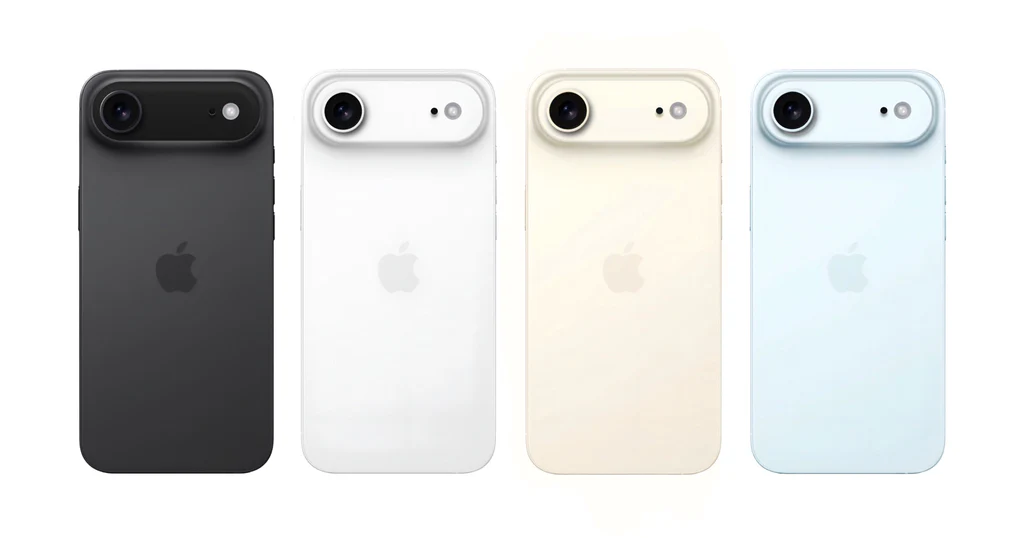
The undisputed highlight of the “Awe-Dropping” event was the debut of the iPhone Air, a device that replaces the Plus model and establishes a new category within the iPhone family. Measuring a mere 5.6 millimeters thick, it is officially the thinnest smartphone Apple has ever produced. This feat of engineering is achieved through a grade 5 titanium frame with a high-gloss mirror finish and a novel internal architecture. A precision-milled “plateau” on the back houses the camera and logic board, maximizing the internal volume for the battery. For the first time, durability is enhanced with Ceramic Shield 2 protecting not only the front display but also the back of the phone, offering significantly improved scratch and crack resistance.
The iPhone Air features a stunning 6.5-inch Super Retina XDR display that does not compromise on quality, boasting ProMotion technology for adaptive refresh rates up to 120Hz and an industry-leading peak outdoor brightness of 3,000 nits. Under the hood, it is powered by the same high-performance A19 Pro chip found in the Pro models, ensuring flagship-level speed and efficiency. This is paired with Apple’s new N1 wireless chip, enabling Wi-Fi 7 and Bluetooth 6, and the new C1X cellular modem for faster, more power-efficient 5G connectivity.
To achieve its remarkable thinness, the iPhone Air makes a calculated trade-off in its camera system, featuring a single 48MP Fusion Main camera on the rear. While this forgoes the versatility of an ultra-wide or telephoto lens, Apple has compensated with significant innovation in the front-facing camera. The entire iPhone 17 lineup, including the Air, debuts an 18MP Center Stage front camera with a unique square sensor. This new hardware allows users to capture landscape-oriented photos and videos without rotating the device and enables Dual Capture, a feature for recording with the front and rear cameras simultaneously.
Concerns about battery life in such a slim chassis are addressed through a dual-pronged software and hardware approach. iOS 26 introduces an Adaptive Power Mode that intelligently manages power consumption based on user habits. For extended use, Apple also launched a dedicated, thin MagSafe Battery Pack that seamlessly attaches to the device, providing up to 40 hours of video playback when used in tandem. This is complemented by a new ecosystem of accessories designed for the Air’s unique form factor, including minimalist polycarbonate bumpers, translucent cases, and a stylish magnetic crossbody strap.
The iPhone Air is available in four finishes—space black, cloud white, light gold, and sky blue—with a starting price of $999 for the 256GB model.
This device represents a calculated risk, trading the functional versatility of a multi-camera system for an unparalleled design statement. This strategy appears to be a direct response to Android manufacturers competing in the ultra-thin space. Furthermore, the engineering required for the Air—miniaturizing the logic board into the camera plateau and developing an ultra-thin yet powerful battery—serves as a public-facing research and development platform. The internal architecture is effectively a “half-foldable” design, allowing Apple to perfect the core technologies and gauge consumer appetite for a premium, design-first device before committing to the immense investment required for a true foldable iPhone. The market performance of the iPhone Air will likely be a key indicator of the timeline and design philosophy for Apple’s future foldable ambitions.
iPhone 17 and iPhone 17 Pro: A Generational Leap Forward
iPhone 17: Pro Features Go Mainstream
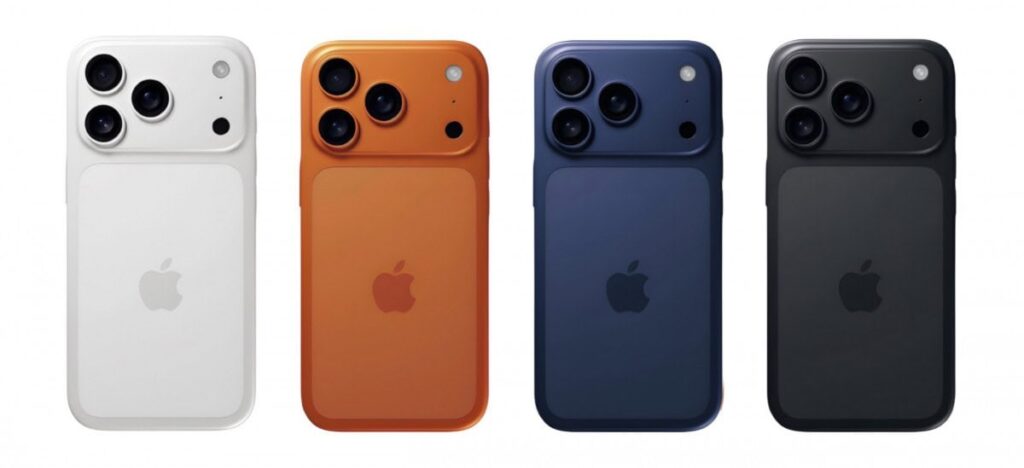
For the average user, the standard iPhone 17 represents arguably the most significant upgrade in the entire lineup. In a landmark move, Apple has brought its flagship ProMotion display technology to the base model for the first time, offering an adaptive 120Hz refresh rate and an Always-On display, features previously exclusive to the Pro series. This fundamentally changes the value proposition of the standard iPhone.
The display itself has been upgraded to a larger 6.3-inch Super Retina XDR panel, up from 6.1 inches on its predecessor, with thinner bezels. It also boasts a peak outdoor brightness of 3,000 nits and is protected by the more durable Ceramic Shield 2 with a new seven-layer anti-reflective coating to reduce glare.
Performance is driven by the new A19 chip, built on third-generation 3-nanometer technology. It features a 6-core CPU and a 5-core GPU, with neural accelerators integrated into each GPU core to power on-device generative AI tasks. The device is also equipped with 8GB of RAM, ensuring smooth multitasking and gaming performance.
The camera system sees a monumental leap forward. The iPhone 17 now features a 48MP Fusion Main camera and, for the first time, a 48MP Fusion Ultra Wide camera, bringing high-resolution capabilities to both of its rear lenses. This is complemented by the new 18MP Center Stage front camera that is standard across the entire lineup.
Remarkably, these substantial upgrades come with no price increase. The iPhone 17 maintains its $799 starting price, but Apple has doubled the base storage to 256GB, significantly enhancing its value. It is available in five new pastel colors: lavender, mist blue, sage, black, and white.
iPhone 17 Pro & Pro Max: The Ultimate Powerhouse Reimagined
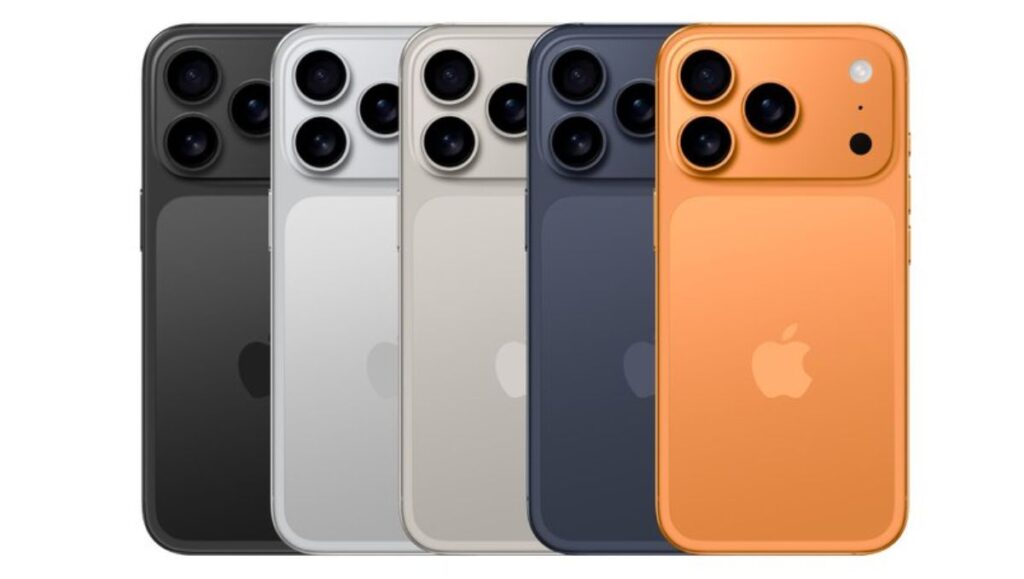
The iPhone 17 Pro and Pro Max introduce a new design philosophy that prioritizes sustained performance. In a notable shift, Apple has moved from a titanium frame back to a lightweight, brushed aerospace-grade 7000-series aluminum unibody. This change is not a downgrade but a deliberate engineering choice, as aluminum offers superior thermal conductivity—a critical factor for the Pro models’ new internal architecture.
The cornerstone of this new design is an Apple-designed vapor chamber, a sophisticated cooling system laser-welded into the aluminum unibody. This system actively dissipates heat generated by the powerful A19 Pro chip, allowing the device to maintain peak performance for longer periods without thermal throttling, a crucial advantage for mobile gaming and professional applications like video editing. The A19 Pro chip itself features a 6-core CPU and an upgraded 6-core GPU, which Apple states delivers up to 40% better sustained performance than the previous generation’s A18 Pro.
The camera system on the Pro models has been completely overhauled. For the first time ever on an iPhone, all three rear cameras—Main, Ultra Wide, and Telephoto—are 48MP sensors. The telephoto camera is particularly advanced, featuring a next-generation tetraprism design with a sensor that is 56% larger than its predecessor. This enables an incredible 8x optical-quality zoom, the longest ever on an iPhone, and a digital zoom of up to 40x.
The Pro models also start with 256GB of storage, and the Pro Max introduces a new 2TB storage option for power users. Significant battery life improvements have been made, with eSIM-only models featuring an even larger battery by utilizing the space previously occupied by the physical SIM tray.
The iPhone 17 Pro starts at $1,099, a $100 increase from last year, while the Pro Max starts at $1,199, maintaining its price point despite the storage and feature upgrades. The new color options are deep blue, cosmic orange, and silver.
The return to aluminum on the Pro models, coupled with the introduction of a vapor chamber, marks a pivotal moment in mobile technology. It signals that the industry is reaching a thermal limit with raw processing power. Apple is publicly acknowledging that sophisticated thermal management is now as crucial as silicon design for unlocking the next level of performance, particularly as demanding on-device generative AI models become more prevalent. This shifts the focus of the “chip wars” from peak speed to sustained performance, a new frontier for mobile computing.
iPhone 17 vs. iPhone 16 Lineup: A Leap in Value and Power
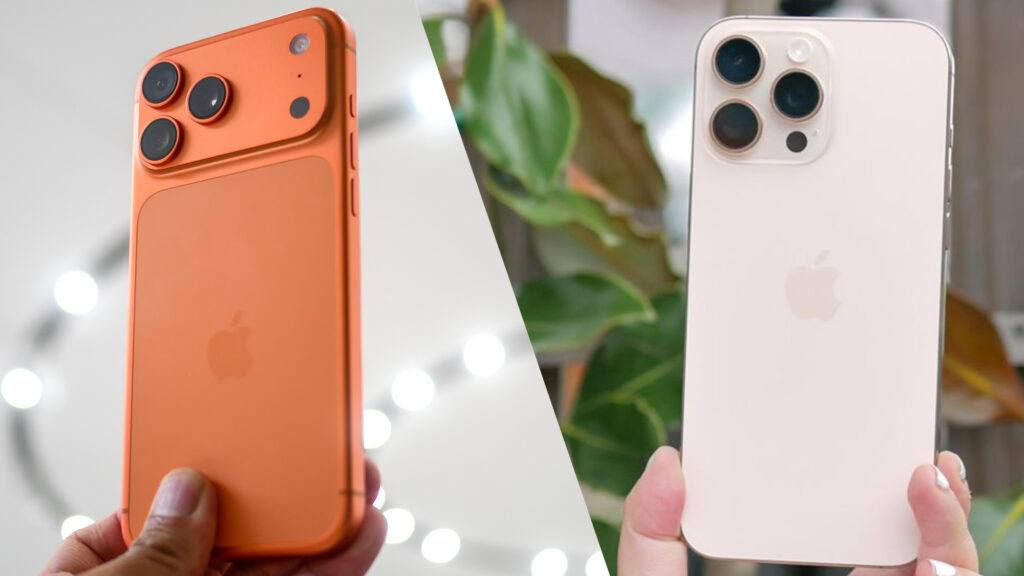
The 2025 iPhone 17 lineup represents one of the most significant year-over-year upgrades in recent memory, delivering substantial improvements in display, performance, and camera technology that clearly distinguish it from the iPhone 16 series.
For mainstream users, the standard iPhone 17 is a monumental step up from the iPhone 16. The most significant change is the display; the iPhone 17 boasts a larger 6.3-inch screen (up from 6.1 inches) and, for the first time in a non-Pro model, features ProMotion technology with a 120Hz adaptive refresh rate. This brings a level of smoothness previously reserved for Pro users. The display is also significantly brighter, with a peak outdoor brightness of 3,000 nits compared to the iPhone 16’s 2,000 nits.
Under the hood, the A19 chip replaces the A18, bringing modest CPU gains but a more powerful 5-core GPU with integrated Neural Accelerators for enhanced AI and gaming performance. The camera system also sees a major overhaul, with the Ultra Wide camera jumping from 12MP on the iPhone 16 to a high-resolution 48MP sensor on the iPhone 17. The front camera is upgraded from 12MP to a new 18MP Center Stage camera across the entire lineup. Perhaps most impressively, Apple has doubled the base storage from 128GB to 256GB while keeping the starting price at $799, making the iPhone 17 a far better value proposition than its predecessor.
The Pro models see an equally dramatic evolution. The iPhone 17 Pro Max moves away from the iPhone 16 Pro Max’s titanium frame, returning to an aerospace-grade aluminum unibody. This change, combined with a new internal vapor chamber, is engineered for superior heat dissipation, addressing a key limitation of previous models and enabling up to 40% better sustained performance from the new A19 Pro chip. The camera system is a complete redesign, with all three rear lenses—Main, Ultra Wide, and Telephoto—now featuring 48MP sensors, a first for any iPhone. This allows for an unprecedented 8x optical-quality zoom, a significant increase from the 5x zoom on the iPhone 16 Pro Max.
Table 2: iPhone 17 Pro Max vs. iPhone 16 Pro Max — Key Upgrades
| Feature | iPhone 16 Pro Max | iPhone 17 Pro Max |
| Processor | A18 Pro | A19 Pro with Vapor Chamber Cooling |
| Build Material | Brushed Titanium | Aerospace-Grade Aluminum |
| Display | 6.7-inch OLED, 2000 nits peak outdoor brightness | 6.9-inch OLED, 3000 nits peak outdoor brightness |
| Rear Cameras | 48MP Main, 12MP Ultra Wide, 12MP Telephoto (5x zoom) | 48MP Main, 48MP Ultra Wide, 48MP Telephoto (8x zoom) |
| Front Camera | 12MP TrueDepth | 18MP Center Stage |
| Base Storage | 128GB | 256GB |
| Max Storage | 1TB | 2TB |
| Battery Life | ~29 hours video playback | Up to 39 hours video playback |
| Starting Price (USD) | $1,199 | $1,199 |
A New Era for Mobile Gaming
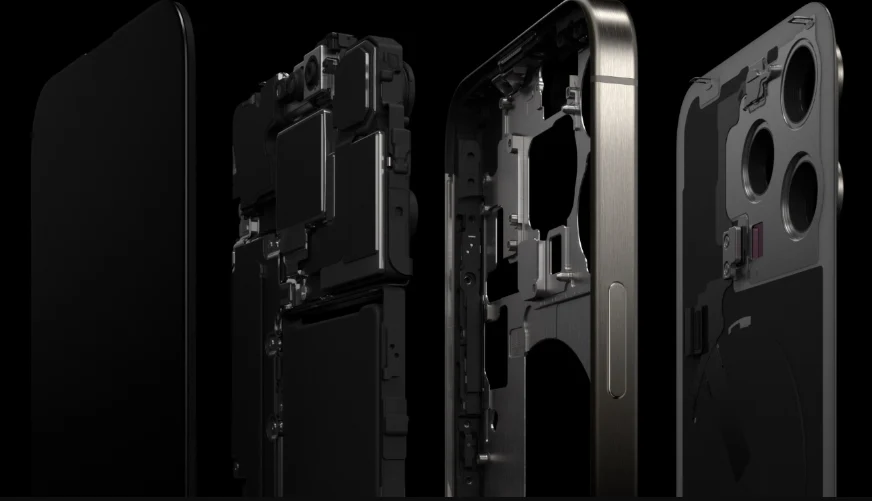
The iPhone 17 lineup marks Apple’s most significant push into high-performance gaming to date, combining breakthrough silicon, advanced thermal management, and a dedicated software ecosystem to create a true console-level experience in your pocket.
Hardware Powerhouse: A19 Pro and Vapor Chamber Cooling At the heart of this gaming revolution is the A19 Pro chip, a mobile processor so powerful that early benchmarks show it outperforming some desktop CPUs in single-core performance. Built on a third-generation 3nm process, the A19 Pro features a 6-core CPU and an upgraded 6-core GPU with hardware-accelerated ray tracing and Neural Accelerators integrated into each core. This architecture delivers a staggering 37% jump in GPU performance over the A18 Pro, enabling higher frame rates and stunning graphics in AAA titles like
Arknights: Endfield.
Raw power is only half the story. To combat thermal throttling—the performance degradation that occurs when a chip gets too hot—the iPhone 17 Pro and Pro Max feature an Apple-designed vapor chamber cooling system. This system, laser-welded into a new, more thermally conductive aluminum unibody, efficiently moves heat away from the A19 Pro chip. This allows the chip to run at peak speed for longer, delivering up to 40% better
sustained performance during intense, marathon gaming sessions. The standard iPhone 17 also benefits from the A19 chip, whose 5-core GPU is more than twice as fast as the A15 Bionic, bringing next-level graphics to the entire lineup.
Software and Ecosystem: The iOS 26 Gaming Experience Apple has paired this powerful hardware with a suite of software features in iOS 26 designed to create a more cohesive and immersive gaming environment. The centerpiece is the new Games app, a dedicated hub that centralizes your entire gaming world. The app allows you to discover new titles, see what your friends are playing, track achievements, and jump back into recent games with a single tap. The “Play Together” tab integrates Game Center for multiplayer invites and score-based “Challenges” against friends.
Furthermore, iOS 26 introduces Game Mode, which automatically optimizes performance when a game is launched by reducing latency for connected accessories like controllers and AirPods. This is complemented by a new
Adaptive Power Mode, which intelligently makes performance adjustments during graphically intensive gameplay to conserve and extend battery life, ensuring you can keep playing for longer. Together, these hardware and software innovations signal that Apple is no longer treating the iPhone as just a casual gaming device, but as a serious contender in the portable gaming market.
Pricing and Availability: Your Complete Guide to the New iPhone 17 Lineup
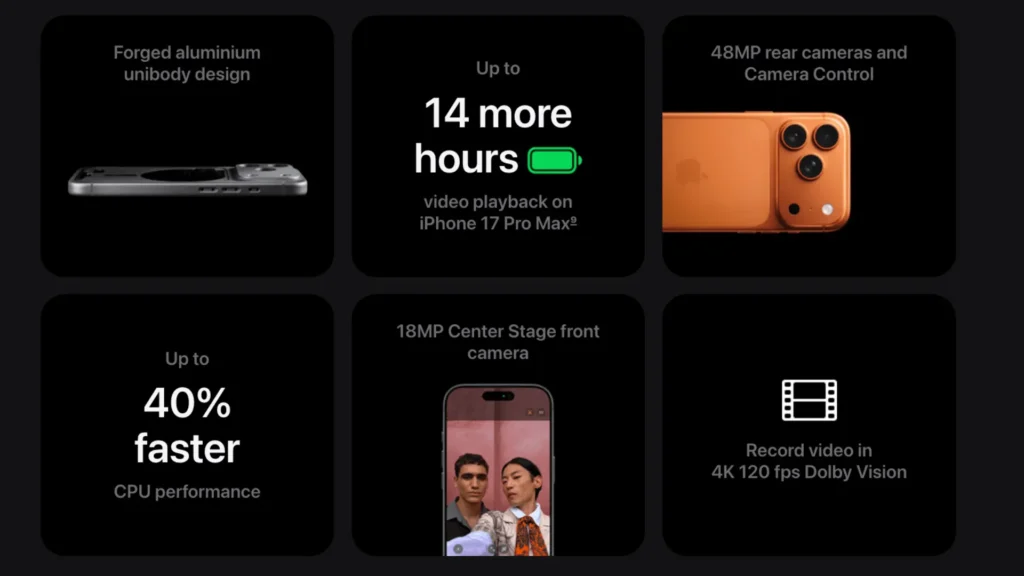
The entire iPhone 17 lineup is set for a coordinated global release. Pre-orders for all four models—iPhone 17, iPhone Air, iPhone 17 Pro, and iPhone 17 Pro Max—began on Friday, September 12. The devices will be available in stores and begin shipping to customers on Friday, September 19.
Apple has streamlined its storage offerings, with every model in the 2025 lineup now starting at a generous 256GB capacity. This doubles the entry-level storage for the standard and Pro models compared to the previous year, providing more space for photos, videos, and applications out of the box.
Table 3: iPhone 17 Series — Full Pricing and Storage Options (U.S.)
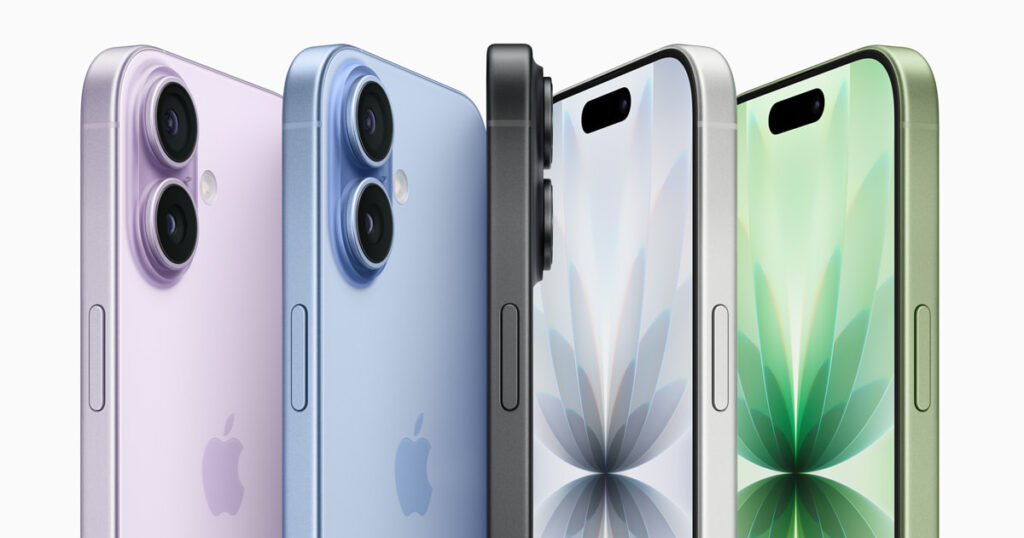
| Model | 256GB | 512GB | 1TB | 2TB |
| iPhone 17 | $799 | $999 | N/A | N/A |
| iPhone Air | $999 | $1,199 | $1,399 | N/A |
| iPhone 17 Pro | $1,099 | $1,299 | $1,499 | N/A |
| iPhone 17 Pro Max | $1,199 | $1,399 | $1,599 | $1,999 |
iOS 26: A Fluid New Look with “Liquid Glass” and Deeper Intelligence
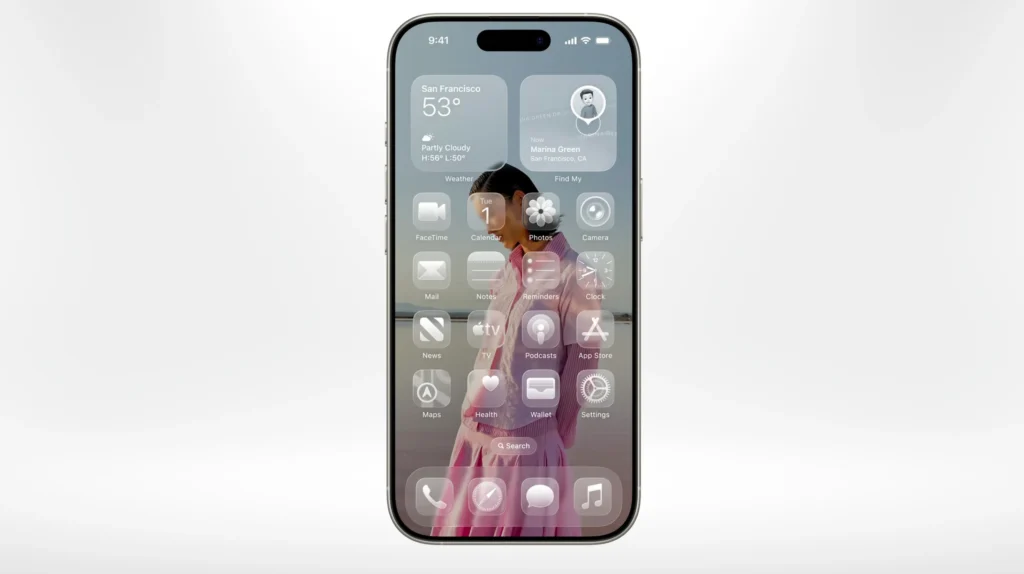
The new hardware is powered by iOS 26, a major software update that will be available for free to all eligible iPhone users starting Monday, September 15. The update is defined by a new design language and a host of intelligent features aimed at enhancing daily interactions.
The most striking change is the “Liquid Glass” aesthetic, a system-wide visual overhaul that introduces translucent, refractive, and fluid interface elements. This new design language affects the Lock Screen, which now features a dynamic 3D effect for photo wallpapers, as well as app icons, widgets, and the Control Center. Users can also choose new color-tinted icon styles for greater personalization.
Communication receives a major upgrade with practical, AI-driven features. The Phone app now includes Call Screening, which can automatically answer calls from unknown numbers and transcribe the reason for the call before you decide to pick up, and Hold Assist, which waits on hold for you and provides a notification when a live agent is available. The Messages app is now more collaborative and customizable, with the ability to create polls in group chats, set custom conversation backgrounds, and screen messages from unknown senders into a separate folder.
Apple Intelligence is deeply integrated throughout the system, focusing on practical assistance. A system-wide Live Translation feature works in real-time within Messages, FaceTime, and Phone calls. Visual Intelligence has been expanded beyond the camera, allowing users to analyze screenshots to extract information, identify products, or add events to their calendar. This intelligence extends to other apps, with the Wallet app now able to automatically track orders by extracting information from emails, and the Reminders app intelligently suggesting new tasks based on conversations in Messages.
Other notable updates include a new dedicated Games app for organizing and discovering titles, a redesigned Photos app with a more streamlined layout, and significant enhancements to Maps (learning preferred routes), Apple Music (a new DJ-like AutoMix feature), and CarPlay, which adopts the Liquid Glass interface and adds support for Tapbacks and Live Activities.
The “Liquid Glass” design is more than a simple visual refresh; it’s a strategic effort to create a more cohesive and premium software experience that visually distinguishes iOS from its competitors. The focus of Apple’s AI features on “ambient assistance”—solving minor daily frictions like waiting on hold or translating a text—represents a philosophical divergence from the broader industry’s focus on generative chatbots. By embedding privacy-focused, on-device AI as a utility layer that makes existing functions smarter, Apple is building a system that is less flashy but potentially more valuable and sticky for the average user, creating a competitive advantage as consumer awareness of data privacy grows.
The New Apple Watch Trinity: Health, Endurance, and Accessibility for All
Apple Watch Series 11: Your Thinnest, Smartest Health Guardian
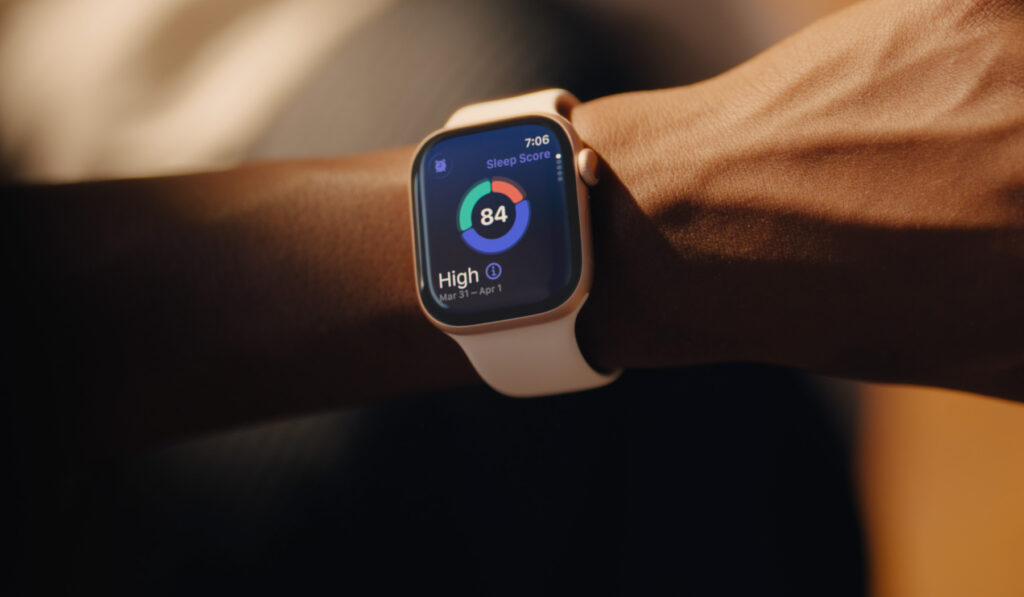
The Apple Watch Series 11 has been redesigned to be thinner and more comfortable, while also being more durable. Aluminum models now feature a new Ion-X glass display that is twice as scratch-resistant as its predecessor.
The most significant advancements are in health monitoring. The Series 11 introduces two groundbreaking features:
- Hypertension Detection: The watch can now passively monitor for signs of chronic high blood pressure over 30-day periods. If consistent signs are detected, it will send a notification to the user, prompting them to consult a healthcare provider. Apple expects this feature to lead to over a million diagnoses in its first year.
- Sleep Score: Building on its existing sleep tracking, the watch now provides a single, comprehensive score that evaluates sleep quality based on duration, consistency, time spent in different sleep stages, and interruptions.
Performance is also enhanced with the addition of 5G cellular connectivity for faster downloads and improved reception, and battery life has been increased to 24 hours of normal use. The Apple Watch Series 11 starts at $399.
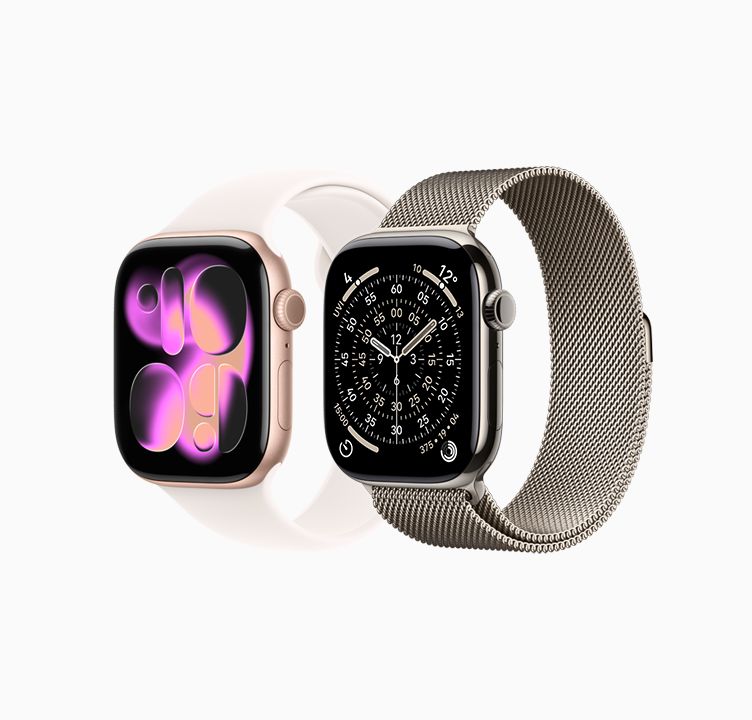
Apple Watch Ultra 3: Conquering New Frontiers with Satellite Connectivity
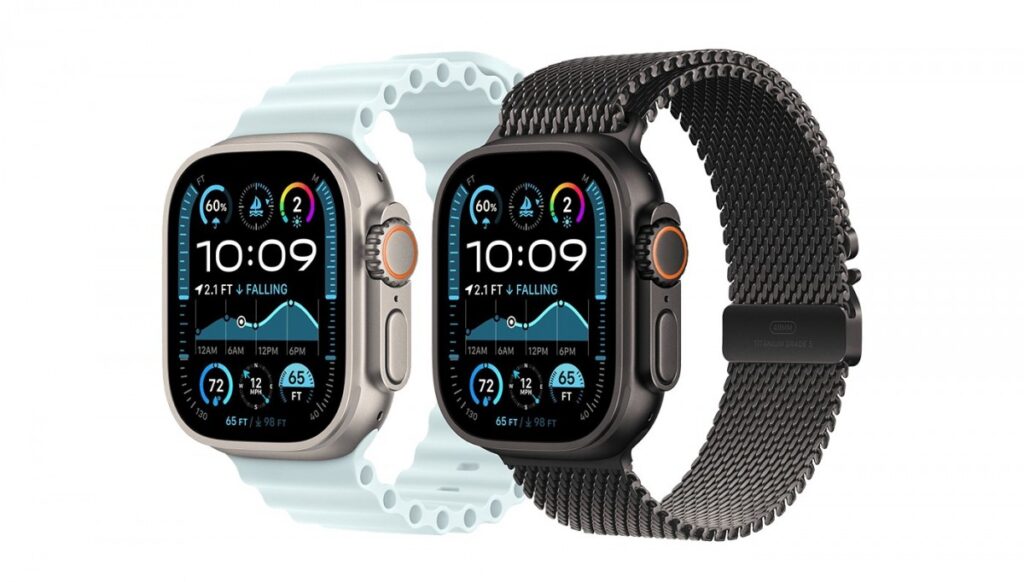
The Apple Watch Ultra 3 is built for endurance and exploration, headlined by the addition of satellite connectivity. This feature allows users to send emergency texts, message pre-selected contacts, and share their location via the Find My network even when completely off-grid, without cellular or Wi-Fi coverage.
The display is now the largest and most advanced ever on an Apple Watch. By using thinner bezels and a new wide-angle OLED with LTPO3 technology, Apple increased the screen area without changing the 49mm case size. This new display technology also allows for a more efficient Always-On mode with a 1Hz refresh rate.
Battery life has been extended to 42 hours of normal use and up to 72 hours in Low Power Mode, a crucial improvement for multi-day adventures. The Ultra 3 also features 5G connectivity for when users are on the grid. It starts at $799.
Apple Watch SE 3: The Best Starter Smartwatch Gets Even Better

After a three-year interval, the Apple Watch SE receives a massive update, solidifying its position as the best value in the lineup. For the first time, the SE model includes an Always-On display, a feature previously reserved for premium models.
It is now powered by the more capable S10 chip, which enables modern features like the Double Tap gesture for one-handed control, faster on-device Siri processing, and fast charging. The SE 3 also gains advanced health sensors, including wrist temperature sensing for improved cycle and ovulation tracking, and sleep apnea detection. The Apple Watch SE 3 starts at an accessible $249.
Table 4: Apple Watch 2025 Lineup — Key Specifications and Features
| Feature | Apple Watch SE 3 | Apple Watch Series 11 | Apple Watch Ultra 3 |
| Starting Price (USD) | $249 | $399 | $799 |
| Chip | S10 | S10 | S10 |
| Display | Always-On Retina Display | Thinner design, 2x scratch-resistant Ion-X glass | Largest ever, wide-angle OLED with LTPO3 |
| Key Health Features | Sleep Apnea Detection, Wrist Temperature Sensing | Hypertension Detection, Sleep Score | Hypertension Detection, Sleep Score |
| Connectivity | GPS, Cellular (5G optional) | GPS, Cellular (5G optional) | GPS + Cellular (5G), Satellite Connectivity |
| Battery Life | Up to 18 hours | Up to 24 hours | Up to 42 hours (72 in Low Power Mode) |
| Target User | First-time smartwatch owners, budget-conscious users | Mainstream users focused on health and fitness | Endurance athletes, adventurers, outdoor enthusiasts |
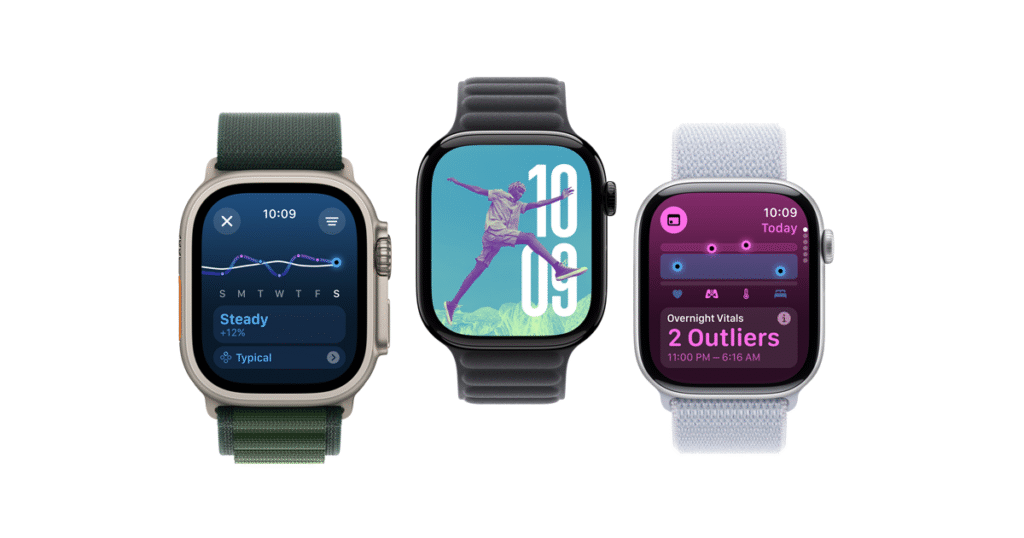
AirPods Pro 3: Your Ears Just Got a Health Check
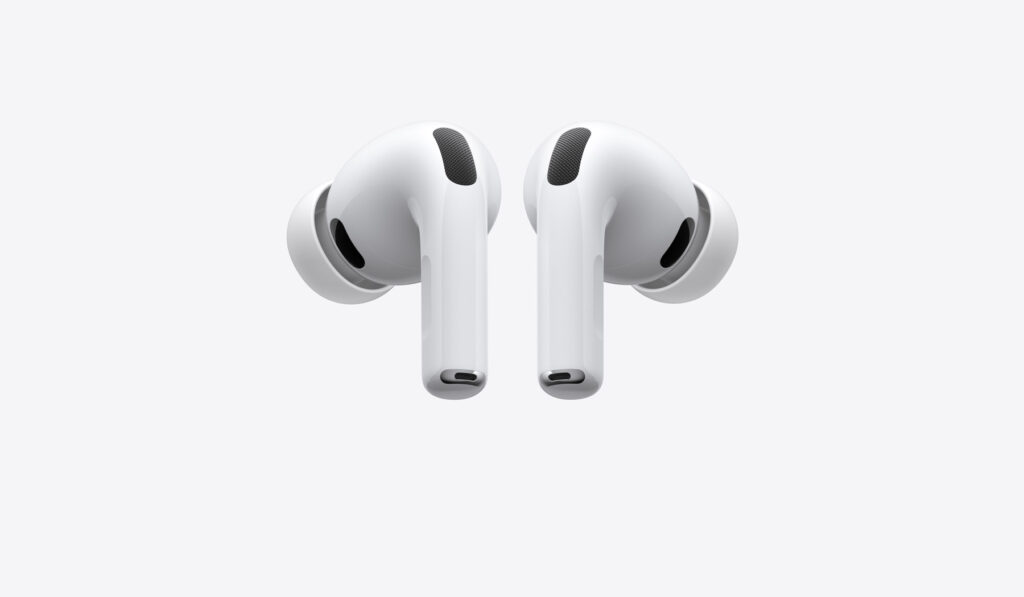
The event also saw the launch of the third-generation AirPods Pro, a significant update that pushes the earbuds beyond audio and into the realm of health and fitness.
The AirPods Pro 3 feature a new, smaller design for a more comfortable fit. They come with five sizes of new foam-infused eartips, which provide a better seal and enhance passive noise isolation. The earbuds are also more durable, with an improved IP57 rating for sweat and water resistance.
At the heart of the new AirPods is the H3 chip, which powers a redesigned airflow system for a wider soundstage and delivers active noise cancellation that is twice as effective as the previous generation.
The most revolutionary feature, however, is the inclusion of a custom photoplethysmography (PPG) heart-rate sensor in each earbud. This allows the AirPods Pro 3 to accurately track heart rate and calories burned during workouts, with all data seamlessly syncing to the Fitness and Health apps. This transforms the earbuds into a powerful fitness tracker for users who may prefer to exercise without an Apple Watch.
Leveraging the power of iOS 26, the AirPods Pro 3 also support a new Live Translation feature. When active, the adaptive noise cancellation intelligently lowers the volume of the person speaking in real life so that the audio translation can be heard clearly in the user’s ear.
Battery life has been extended to 8 hours of listening time with ANC enabled, up from 6 hours previously. The AirPods Pro 3 are priced at $249 and became available for pre-order on September 9.

The addition of a heart-rate sensor is a Trojan horse strategy. It plugs a significant gap in Apple’s health data collection ecosystem by capturing fitness metrics from millions of users who exercise with earbuds but not a watch. This move transforms an audio accessory into a vital health device, making the AirPods Pro an even stickier product and further strengthening the moat around Apple’s Health platform. It represents the next phase of ambient computing, where intelligence and sensors are seamlessly integrated into everyday objects, blurring the lines between product categories and creating a future of passive, continuous health monitoring.
Conclusion: The Big Picture from Apple’s 2025 Showcase
Apple’s “Awe-Dropping” 2025 event was far more than a predictable annual refresh; it was a masterclass in strategic market segmentation and ecosystem reinforcement. The announcements, taken together, reveal a unified vision that addresses nearly every segment of its user base with compelling reasons to upgrade.
The core themes of the event—the radical design of the iPhone Air, the mainstreaming of Pro features in the standard iPhone 17, and the profound push into preventative health with the Apple Watch and AirPods Pro—demonstrate a company operating at the peak of its powers. The iPhone 17’s aggressive value proposition, offering a 120Hz display and doubled storage at the same price, is a direct challenge to the premium Android market. The iPhone Air carves out an entirely new niche, competing not just on specs but on design and engineering prowess, subtly testing the waters for future form factors like foldables. Meanwhile, the health features embedded in the Apple Watch and now the AirPods Pro create a powerful, interconnected wellness ecosystem that competitors find increasingly difficult to replicate.
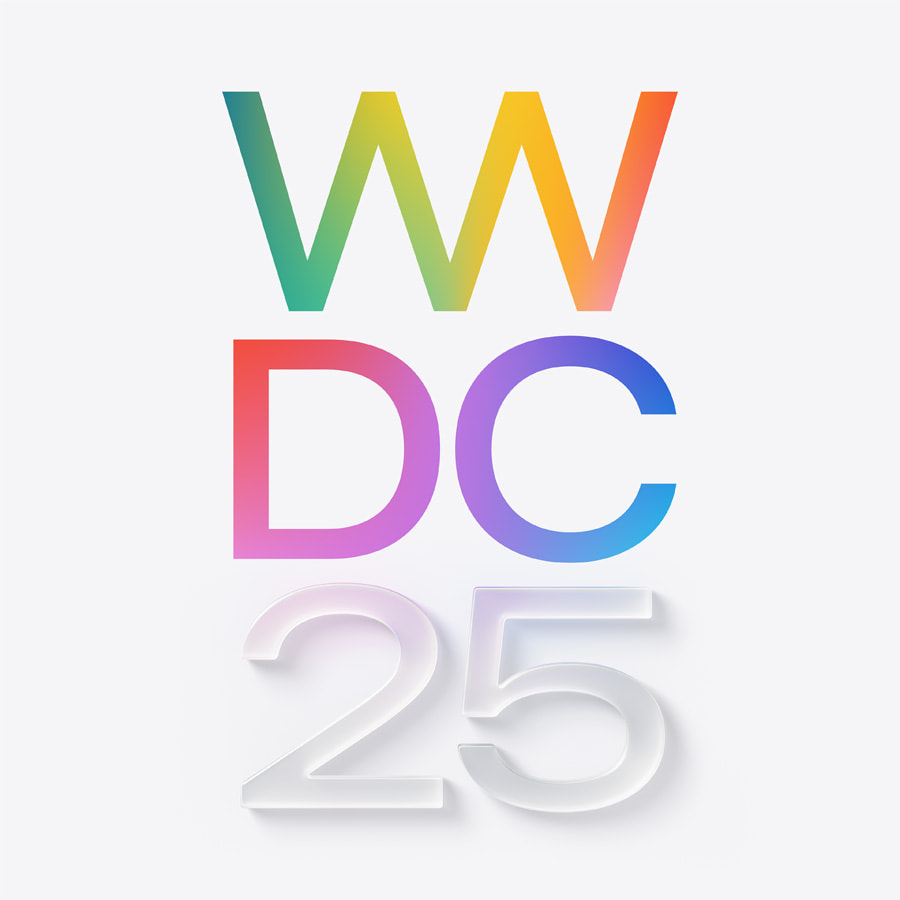
For consumers, the path forward is clearer than ever. The iPhone 17 is the unequivocal choice for the vast majority of users upgrading from older models. The iPhone Air is a statement piece for the design-conscious early adopter willing to trade some utility for unparalleled form. The iPhone 17 Pro, with its focus on sustained performance through advanced thermal management, is now squarely aimed at professional creators and serious mobile gamers. The Apple Watch Series 11 and AirPods Pro 3 are must-have upgrades for anyone invested in personal health monitoring, while the Apple Watch Ultra 3 solidifies its position as the ultimate tool for serious adventurers. In sum, the 2025 showcase successfully articulated a clear and compelling vision, ensuring Apple’s ecosystem remains the benchmark for innovation and integration in the years to come.
APPLE WEBPAGE;